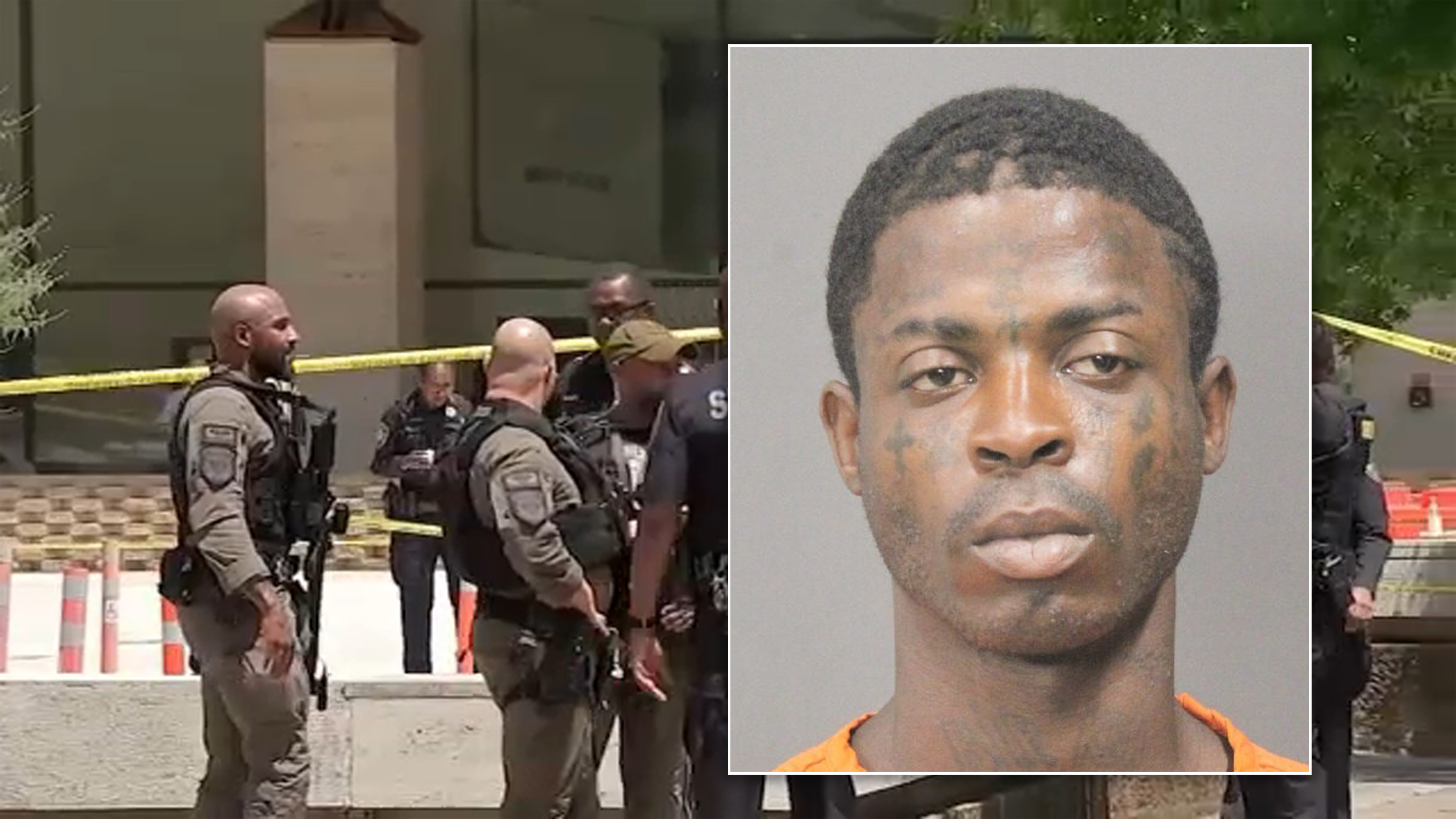Adam Silver: Age issue 'needs to be studied' outside CBA negotiations

NEW ORLEANS -- NBA commissioner Adam Silver said he and NBPA executive director Michele Roberts agree that the issue of the NBA age minimum "needs to be studied" more, noting it "requires that we take a new look and a new approach to the issue" in the future.
Speaking at his annual state-of-the-NBA address on the eve of Sunday's All-Star Game, Silver was asked about the age minimum and whether it's an issue that doesn't need a collective bargaining agreement negotiation to revisit. The minimum early-entry age for the NBA draft remains 19. American players also must be one year removed from high school to be eligible to be drafted.
"Well, first of all, we absolutely need the union in order to revisit the age," Silver said. "The current age minimum of 19 years old, but something Michele and I discussed directly -- and this is different than last time we negotiated a collective bargaining agreement -- is that rather than say to you that talk to us in seven years when we sit back down to negotiate a new collective bargaining agreement, I think she and I both agree that it's the kind of issue that needs to be studied, in essence, outside of the bright lights of collective bargaining."
The new CBA goes into effect on July 1; neither side can opt out of the agreement until after the 2022-23 season.
Silver admitted that revisiting the age issue is "complex," but he has a "better understanding" of it now.
"I think both of us, while our traditional positions have been the league would like to raise the minimum age from 19 to 20, and at least Michele's stated position is that she'd like to lower it from 19 to 18, I think there's an acknowledgement that the issue is far more complex than that," Silver said. "And it requires sort of all the constituent groups to be at the table.
"And I will say -- and maybe it's a little bit of a different position from my standpoint -- I think rather than standing here and saying the league's goal is to get from 19 to 20, I think I have a better understanding of the issue now as well as I talk to some of the young players who are coming into our league who have only completed a portion of their freshman year in college and have a better understanding of what the conditions are for them both academically and in terms of their basketball requirements."
Silver said both sides can use time to delve into many other factors to understand the impact of changing the age limit.
"We have to understand sort of the level, where those players are coming from before they get, in the case of the lottery picks, before they get to that one year of college," Silver said. "How is the AAU system working in practice? How is the high school system? What access do coaches have to them once they're in college under the NCAA rules? Throw in the potential loss of eligibility if we have contact with them at a younger age."
Silver admitted that when both sides are trying hard to come to an agreement on a CBA, the age issue is one that can complicate things when there are "50 issues we're trying to get through."
The commissioner said that after studying some recent college statistics, the one-and-done situation of players turning pro after only one season at the college level might be overstated.
"I think both Michele and I agree that it's something we should turn back to right away, partly to have a better understanding," Silver said. "I looked at these numbers recently. Just in men's college basketball, the combination of Division I, II and III, you have roughly 16,000 players participating in college basketball right now, and I think the average over the last five years is roughly eight players coming in as so-called one-and-done players.
"So I don't want to overreact to that, either. But I think it requires that we take a new look and a new approach to the issue."






